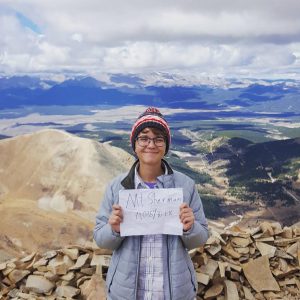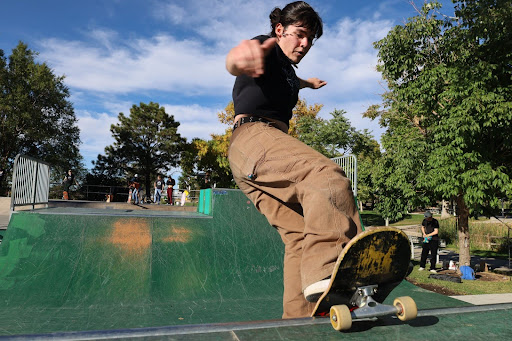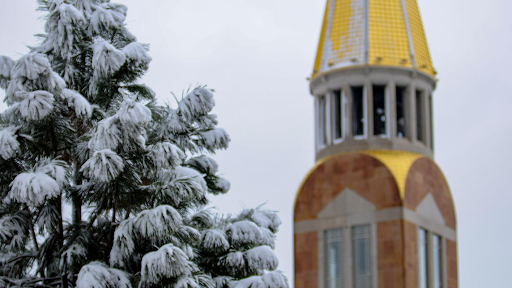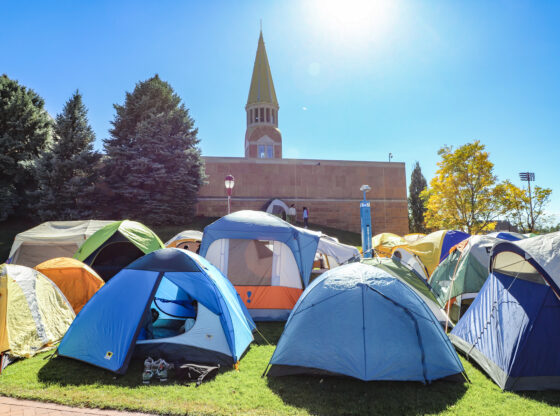When I first came to Colorado to attend DU, I heard a lot of talk about “fourteeners.” There are 58 mountain peaks in Colorado that rise above 14,000 feet and people make it their goal to climb them. Some climb one peak, some strive to conquer them all.
Coming from New York, I had never heard of these mountains that seem to be a staple for true Coloradans. At the start of my first year, I knew I wanted to climb one someday, but I was an out-of-shape 17-year-old who was unaccustomed to Colorado’s altitude and I scoffed at the thought of myself being able to hike to 14,000 feet.
However, a lot has changed since last year. I am now a second year, an avid gym-goer and an adventure-seeker who is fully adjusted to the high altitude.
So, when I heard that DU’s Alpine Club was planning a beginner trip to hike a fourteener, I decided to seize the opportunity; I would summit a fourteener.
At 3 a.m on Oct. 1, my friends and I met a group of Alpine Club members and officers and piled into vans. We drove over two hours to the indistinct trailhead of Mount Sherman, which is apparently the the easiest fourteener in the United States. The word “easy” is relative, though—climbing to the peak of this massive mountain was one of the hardest things I have ever done.
Since it was rather late in the season to climb a fourteener, the weather was cold. I wore layers upon layers, carried three water bottles and brought a ton of food. I felt prepared, but I still had no idea what to expect as we began to hike. We crossed a low valley with swampy mud and brush and then we started up the ridge. It got steep quickly, and the trail was visible but not always clear. Sometimes we walked on dirt, sometimes gravel and sometimes large, heavy rocks. I soon realized that the most important thing when climbing a fourteener is self-discipline—knowing your own limits and keeping ahead of the mountain’s conditions.
Hiking on a steep trail means that a rise in altitude happens quickly. Where we parked, the vans were already above the tree line (the elevation at which trees stop growing) so the air was thin. In order to stay hydrated, energized and free of altitude sickness, I hiked 10 to 100 feet at a time, constantly taking breaks to refuel and catch my breath. It was slow-going up the mountain, but I knew that if I went any faster, I would not feel well. Even a few of the more experienced hikers on the trip got sick on Mount Sherman, so I made sure to take my time.
It took hours to get to the peak, with countless uphill twists and turns and false summits.
Finally, around mid-morning, I reached the summit. My body ached and the air was thinner than ever, but the view made it all worth it. Sitting there with my new friends in Alpine Club, eating PB&Js and taking pictures of the breathtaking view, life was truly spectacular.
Our descent was difficult with so many loose rocks, but we hurried right along to avoid any afternoon storms that the mountain might bring. At the bottom, my friends and I forgot our shaky limbs and heavy-lidded eyes, happy and exhilarated at the thought that we had just climbed an entire mountain. Driving back toward Denver through the colorful aspens, I stared up at Mount Sherman, impressed with myself.
It may have been one of the easiest fourteeners in the state, but I still climbed it. One out of 58, now complete.












